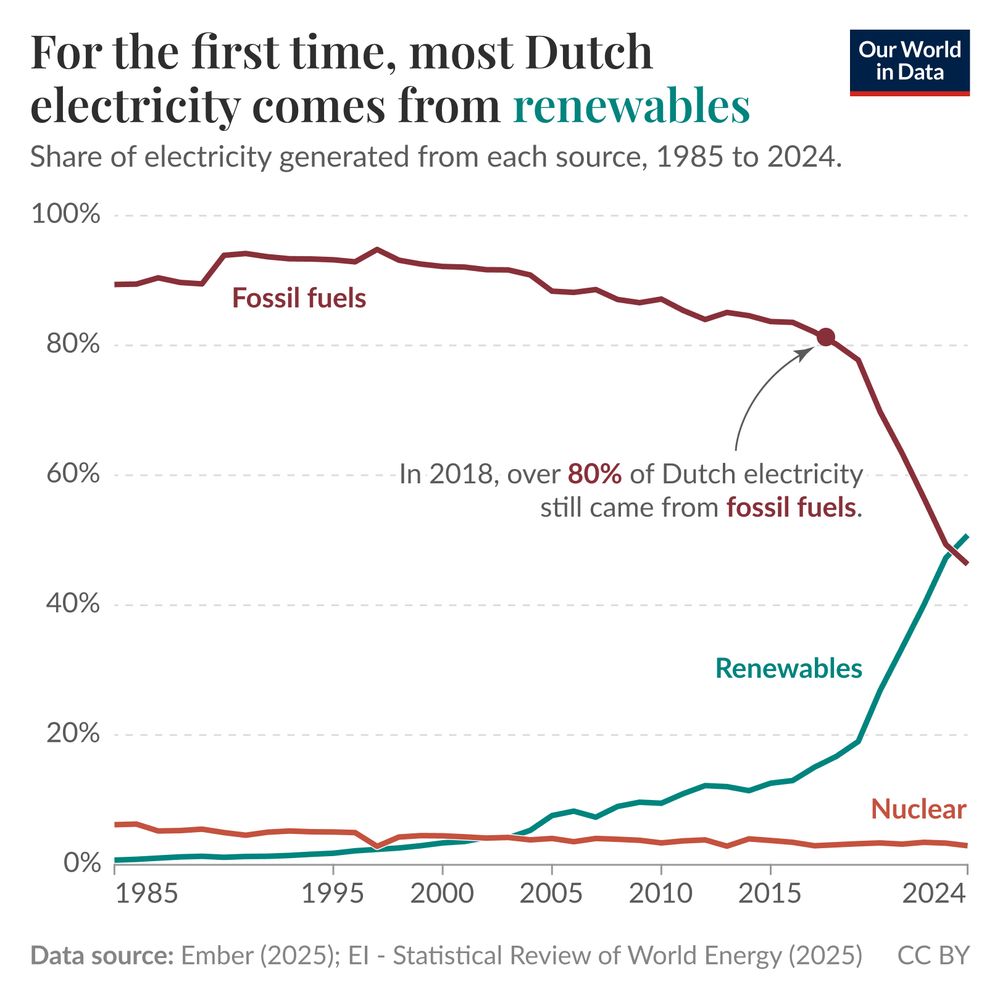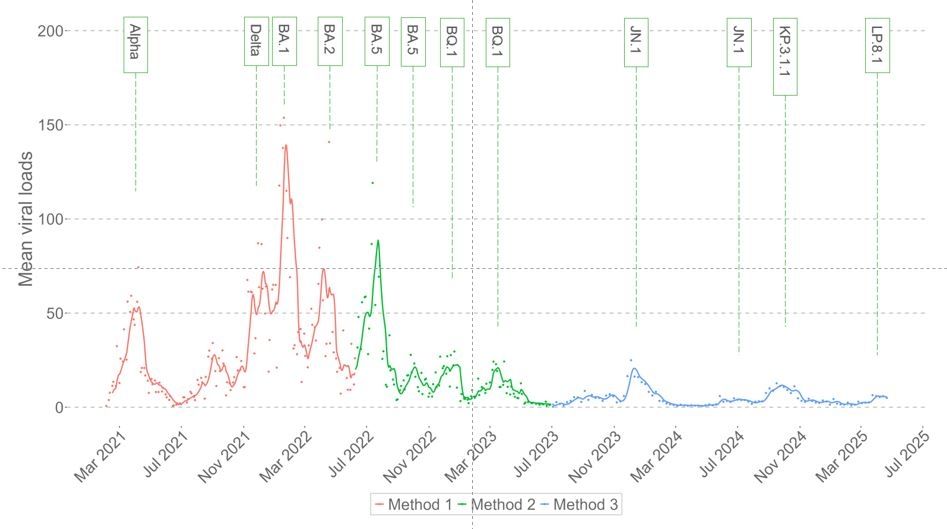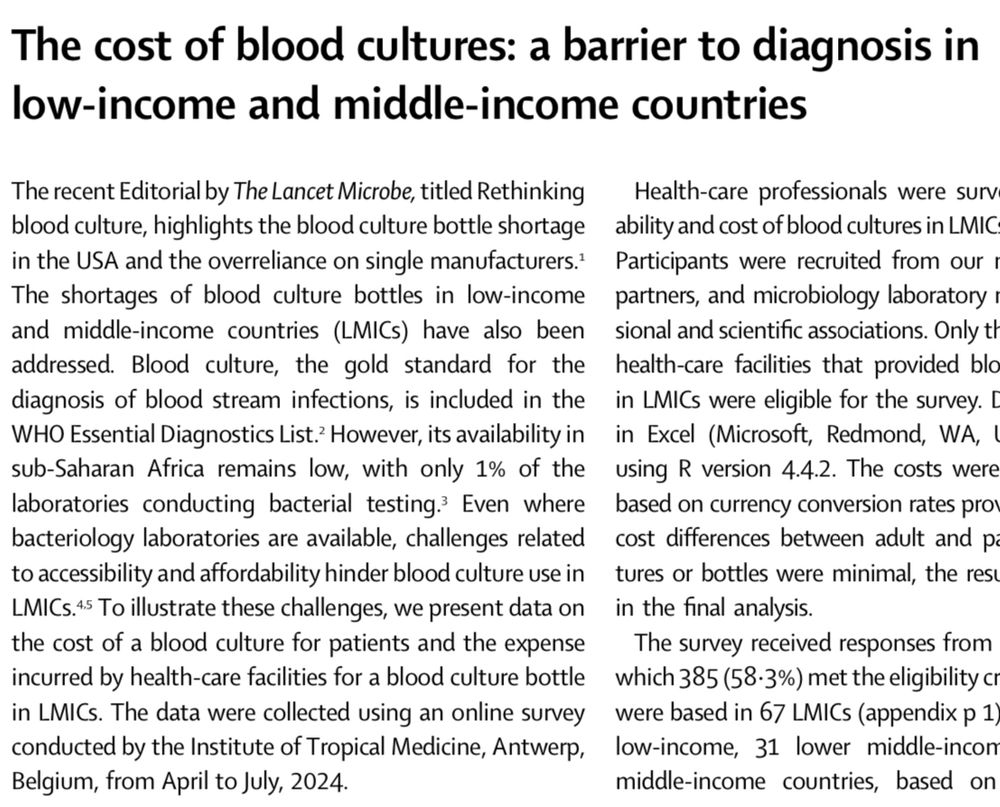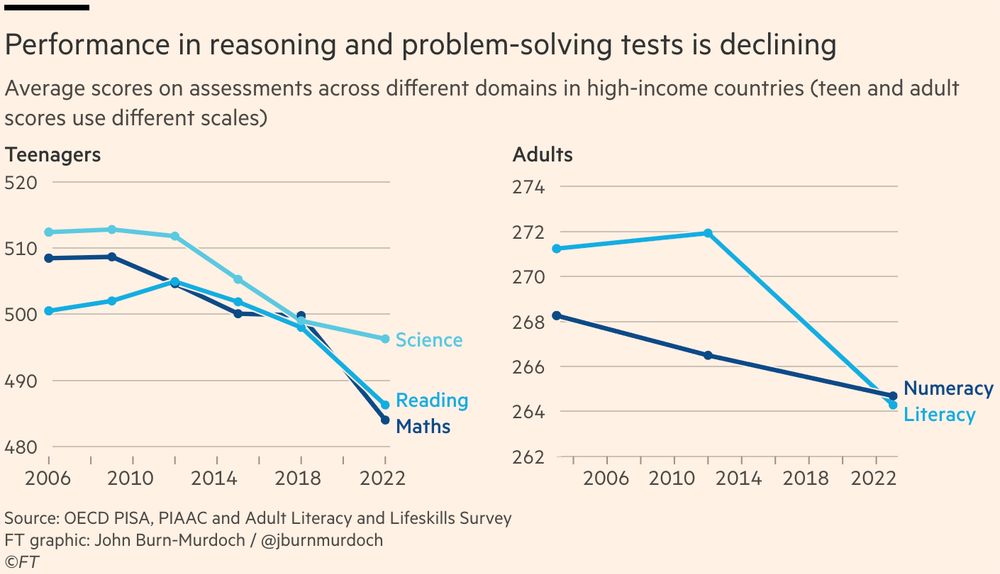brecht ingelbeen
@ingelbeen.bsky.social
660 followers
460 following
43 posts
infectious disease epidemiologist into antimicrobial resistance and population based studies. also a bit of urban cycling #EpiSky #IDSky
Posts
Media
Videos
Starter Packs
Reposted by brecht ingelbeen
Reposted by brecht ingelbeen
Reposted by brecht ingelbeen
brecht ingelbeen
@ingelbeen.bsky.social
· Apr 15
brecht ingelbeen
@ingelbeen.bsky.social
· Apr 15
brecht ingelbeen
@ingelbeen.bsky.social
· Apr 15
brecht ingelbeen
@ingelbeen.bsky.social
· Apr 15
brecht ingelbeen
@ingelbeen.bsky.social
· Apr 15
Reposted by brecht ingelbeen
Reposted by brecht ingelbeen
Reposted by brecht ingelbeen
Reposted by brecht ingelbeen

































